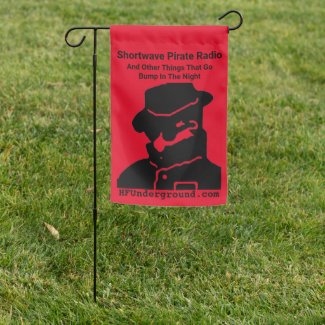16
SDR - Software Defined Radio / Re: The Ultra-Portable ATS25 max-Decoder Receiver? Updated?
« on: October 25, 2024, 1918 UTC »
Many ATS-25 models ship with "activated" firmware activation keys for subsequent updates, though being realistic, it is more like whatever the developer(s) chose to support in future firmware releases.
The "Max Decoder II" model with the telescopic whip and its low-noise preamp engaged might suffice for casual broadcast shortwave listening, but if anything like the ATS-20(+), plan on adding a reasonable MW/HF antenna solution.
Unless something has changed in recent revisions, I know the ATS-20(+) models usually lack an ESD static protection chip on the antenna input. I suspect it could be the same with the ATS-25 models. You can get a ~$12 "SDR Receiver Guard" device on eBay and similar if not interested in adding an ESD chip or reversed parallel diodes inside the radio.
These ATS-2x models use Si473x receiver chips like the Tescun PL-330 and lots of other portables. The Si473x is a popular choice, just note many radios using it have considerable high-pass filtering in SSB and AM sync modes. Fine for voice, though do not expect much if any bass response for music programming in those modes. I have not really kept tabs on the ATS-25 models, so one might want to check reviews if that is a concern.
I have had a couple of the more basic ATS-20 models; one regular and one plus. The regular model flashed with PU2CLR firmware failed after like a couple of years of moderate usage. My current plus model flashed with ATS_EX firmware is actually an usable little portable if paired with a decent antenna. It is not a weak-signal receiver by any stretch, but a new SWL receiver with basic SSB support for under $30 shipped is a pretty good deal IMO.
https://github.com/pu2clr/SI4735
https://github.com/goshante/ats20_ats_ex
The "Max Decoder II" model with the telescopic whip and its low-noise preamp engaged might suffice for casual broadcast shortwave listening, but if anything like the ATS-20(+), plan on adding a reasonable MW/HF antenna solution.
Unless something has changed in recent revisions, I know the ATS-20(+) models usually lack an ESD static protection chip on the antenna input. I suspect it could be the same with the ATS-25 models. You can get a ~$12 "SDR Receiver Guard" device on eBay and similar if not interested in adding an ESD chip or reversed parallel diodes inside the radio.
These ATS-2x models use Si473x receiver chips like the Tescun PL-330 and lots of other portables. The Si473x is a popular choice, just note many radios using it have considerable high-pass filtering in SSB and AM sync modes. Fine for voice, though do not expect much if any bass response for music programming in those modes. I have not really kept tabs on the ATS-25 models, so one might want to check reviews if that is a concern.
I have had a couple of the more basic ATS-20 models; one regular and one plus. The regular model flashed with PU2CLR firmware failed after like a couple of years of moderate usage. My current plus model flashed with ATS_EX firmware is actually an usable little portable if paired with a decent antenna. It is not a weak-signal receiver by any stretch, but a new SWL receiver with basic SSB support for under $30 shipped is a pretty good deal IMO.
https://github.com/pu2clr/SI4735
https://github.com/goshante/ats20_ats_ex




